
-
Ten everyday lessons
Read more: Ten everyday lessonsChantelle Gray offers a vivid tribute to Deleuze and Guattari’s radical becomings, calling for creative resistance and world-making.


Chantelle Gray offers a vivid tribute to Deleuze and Guattari’s radical becomings, calling for creative resistance and world-making.
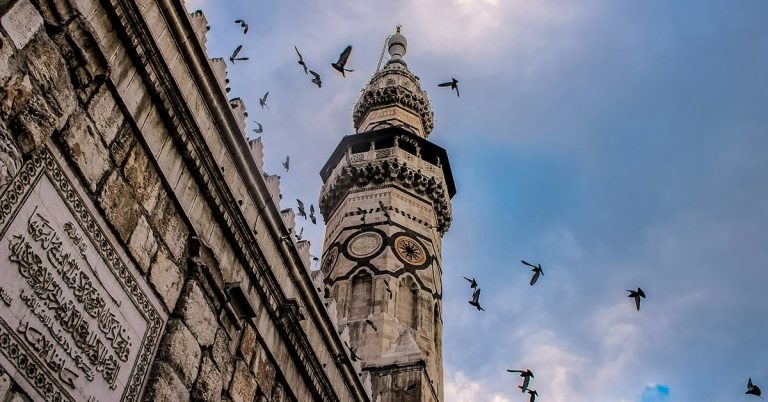
Daniel Behar reflects on his discovery of Syrian poetry, in a journey which carried him through the writing of poets such as Adonis, Muhammad al-Maghut and Nizar Qabbani.
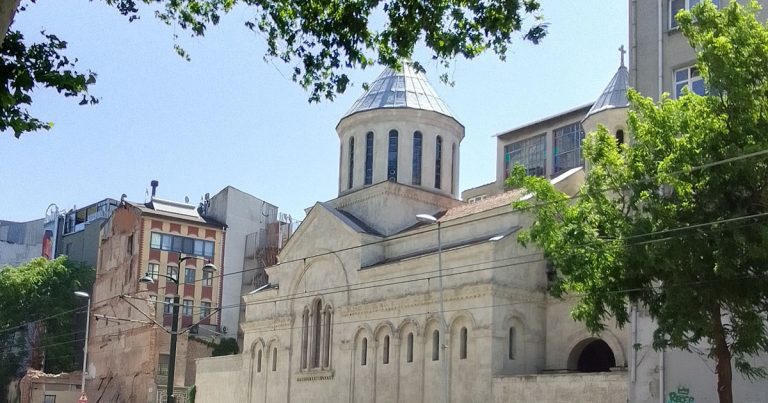
Masayuki Ueno re-evaluates how the Ottoman Empire managed religious minorities from the early days of the empire to the nineteenth century.
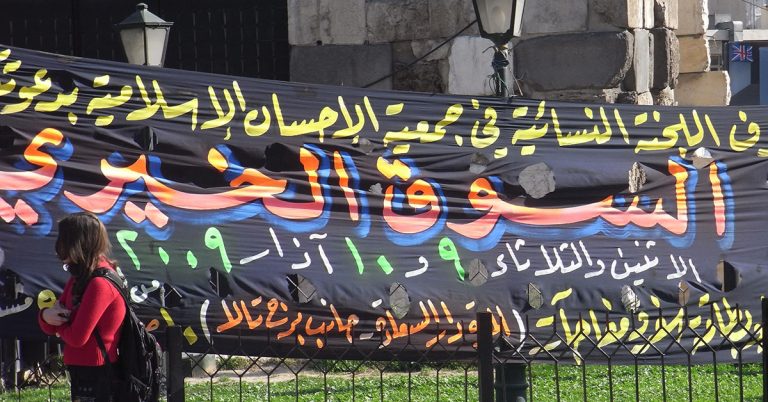
Laura Ruiz de Elvira explores the role of charities in Bashar al-Asad’s Syria and, by extension, the eventual downfall of the regime.
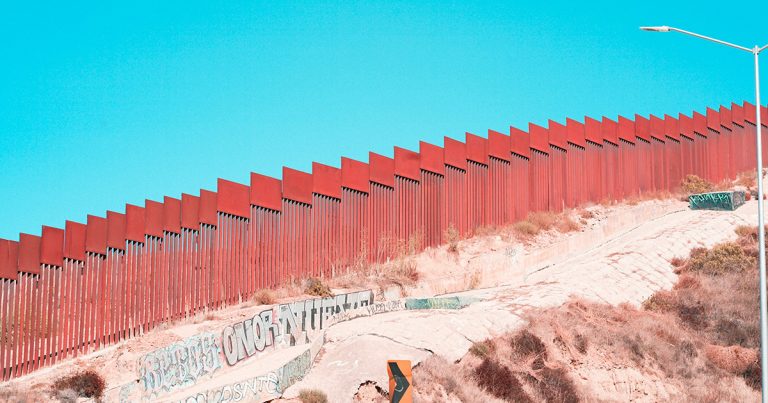
How have diasporas and migrants contributed to the rise of the US as a great political, economic, scientific, and cultural power?
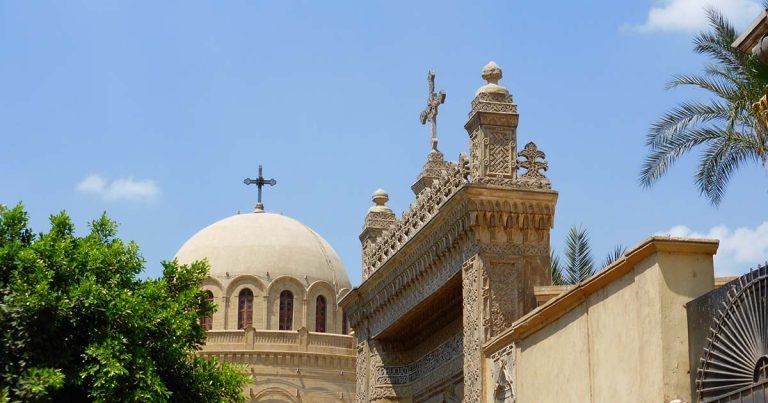
Drawing on a long history of Christian-Muslim coexistence, Anna Hager explores the nuances and complexities of interfaith relations in the Middle East
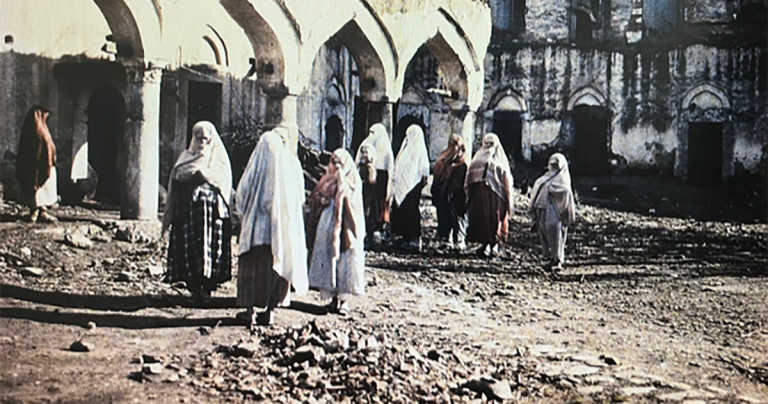
Umit Eser explores authoritarianism in post-Ottoman geographies by investigating the origins of organised violence and ethnic cleansings at the beginning of the twentieth century
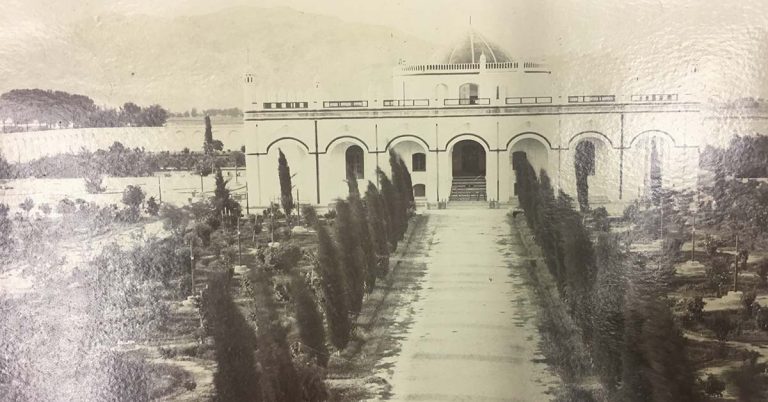
How does the telegraph function as both a material invention and an object of desire?
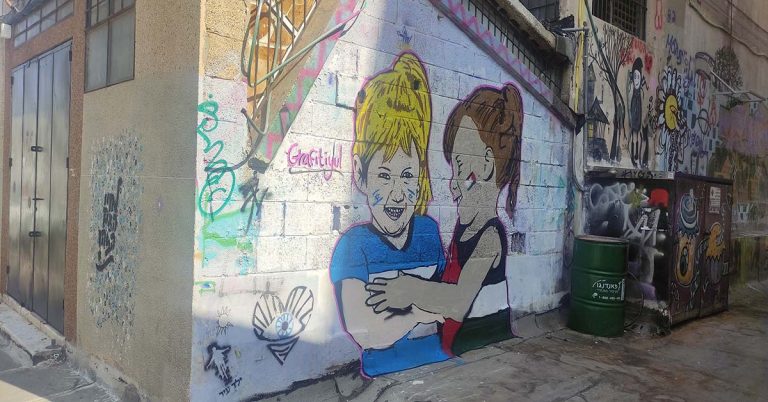
How do British and German cultural works establish relationality between Israel and Palestine?